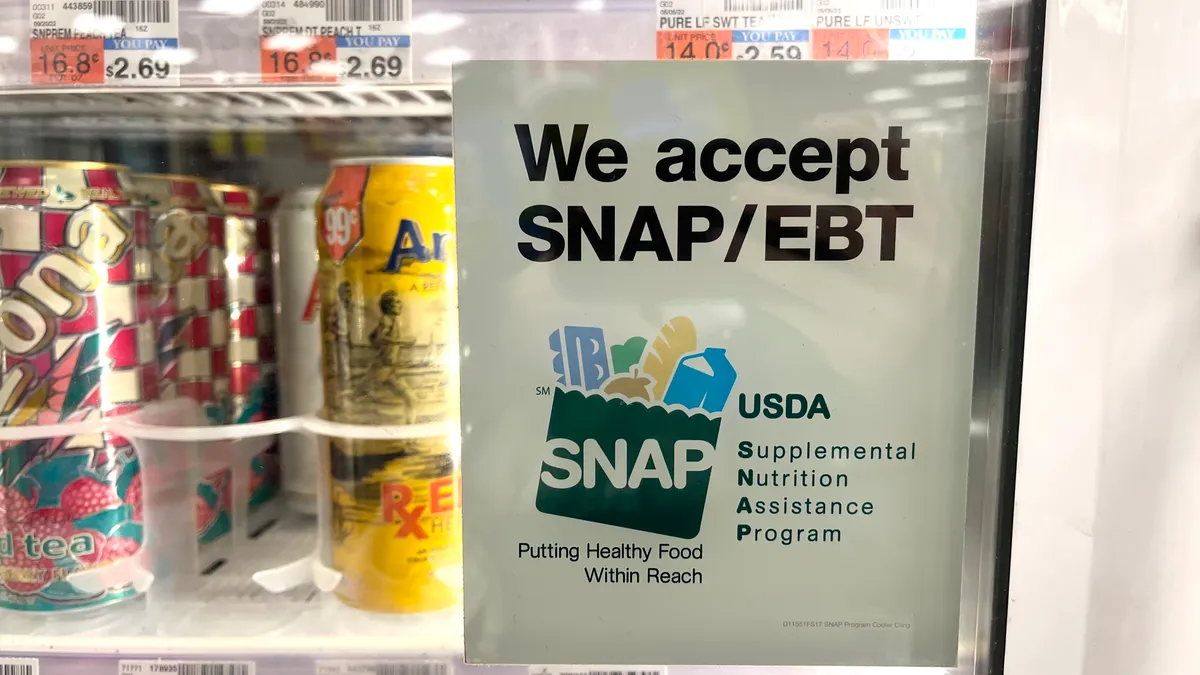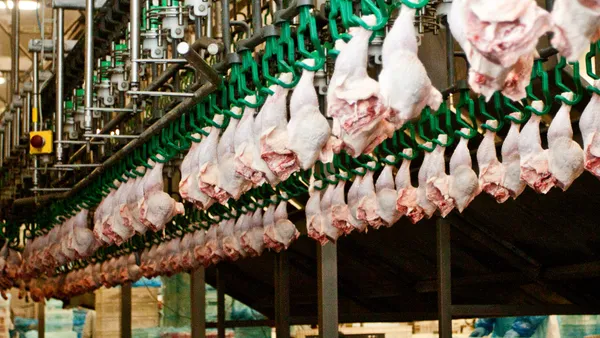House Agriculture Chairman Glenn "GT" Thompson said Tuesday that his proposal for the farm bill won't include cuts to food assistance benefits under the Supplemental Nutrition Assistance Program, potentially clearing a major hurdle that has held up negotiations.
The chairman's farm bill proposal, which has yet to be publicly released, "does not cut, decrease, or impact SNAP benefits or the eligibility for them," a spokesperson for Thompson's office confirmed to Agriculture Dive.
"I want to move forward," Thompson wrote in an op-ed for Agri-Pulse on Tuesday.
Farm bill negotiations have been stalled for more than a year due to political disagreements surrounding SNAP. Republicans have been pushing for a funding cut, saying that recently increased benefits will cause the total cost of the farm bill to exceed $1 trillion over the next decade.
Meanwhile, Democrats have been resisting any reductions to SNAP, arguing that the expanded benefits will help combat hunger and alleviate the impact of rising food prices.
Food assistance increased in real dollars for the first time in 40 years in 2021, following updates to the Thrifty Food Plan, which is used to set SNAP benefit levels. Although the Thrifty Food Plan has only been updated a handful of times, the 2018 farm bill mandated that lawmakers reassess benefit levels every five years.
The 2018 farm bill also directed the USDA to take into account current food prices and other factors when determining benefits, a change from previous updates where revisions were meant to be "cost-neutral."
Although Thompson's farm bill proposal doesn't plan to terminate future updates to the Thrifty Food Plan, he said he will revive the cost-neutral approach to determining benefits.
"The 2024 Farm Bill will reassert Congressional intent by prescribing a cost-neutral process while taking into consideration food prices and composition, consumption patterns, and dietary guidance," Thompson wrote in his op-ed.
Thompson said last week that he aims to move the farm bill out of committee before the end of May, leaving approximately 35 legislative days for a House and Senate vote.











